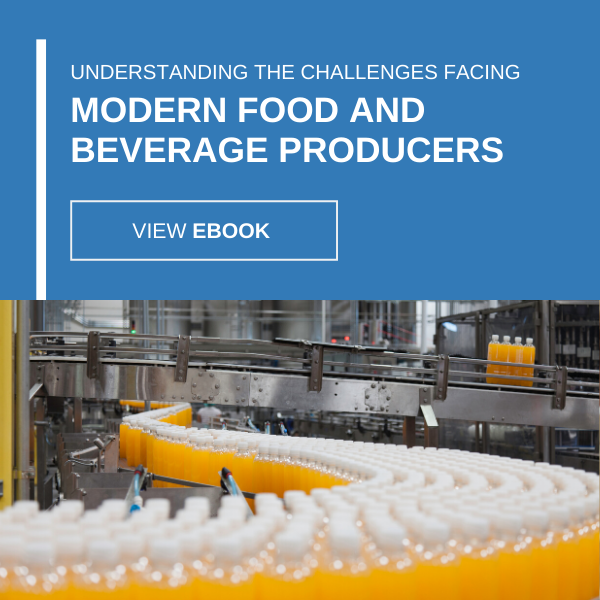
Nutritional Labels Creating Controversy in Food and Beverage Processing
Who knew a little label could cause such a big commotion? Food and beverage labels in the U.S. will become battlegrounds over the next year as the industry reinvents itself in the wake of a new political regime and shifting consumer expectations. How might these changes impact how manufacturers operate?
Recent regulatory rules under the Trump administration
Perhaps the most seismic change of late regarding how all businesses in the U.S. will be regulated, President Trump recently signed an executive order requiring the removal of two federal regulations for every one instated. Should this one-in-two-out rule hold, food and beverage producers may find themselves altering not only how they label food but how they produce it.

A new president means a new approach to food and beverage regulations.
For example, last summer then-President Obama signed a bill mandating the use of labeling for genetically modified foods. However, the bill allowed food and beverage companies to use a QR code on their products instead of an outright designation identifying GMO products. Currently, neither side of the issue is wholly content with the final decision, so the matter will likely come up again for review or restructuring in the near future. But now under the Trump administration, further discussion may have to include a selection of regulations for the proverbial chopping block.
Although Trump’s regulation-loosening executive order may make things easier for affected businesses and their abilities to produce cost-effectively, there’s no arguing these companies will already require lean, streamlined operations capable of flexibility to benefit from changes as they come while still upholding safety and quality standards. And with consumers more focused than ever on what they eat and how it’s processed, labeling could be at the heart of this volatile transition period.
New labels provoke conversations regarding sweeteners
In mid-2016, the FDA updated the ubiquitous nutritional label to both emphasize things consumers should be aware of and include data that had been left off in the past.
According to the FDA website, two changes in particular could greatly affect producers of sugary foods and beverages. First, labels must now include a “declaration of grams and a percent daily value (%DV) for ‘added sugars.'” Second, products containing between one to two servings per package must drop down to one and adjust data accordingly, since many people consume these goods in one sitting.
Most manufacturers will have until mid-2018 to comply. Others that make less than $10 million in annual food sales have until mid-2019. Presumably, many in both camps will spend time this year planning how best to reduce added sugar levels or what alternative sweeteners they could feasibly substitute without altering taste dramatically. Either way, these food and beverage producers will need to rethink raw materials sourcing and chart out new partnerships with suppliers.
This could prove difficult for popular sugar alternatives such as stevia. In early June 2016, U.S. Customs and Border Protection seized shipments of stevia from China because of a ban on imports produced through forced labor, according to Fortune. In giving up straight sugar, F&B manufacturers may be forced to seek out a more transparent means of managing its supply chain and a long supplier vetting process. These could prove excellent opportunities to simplify these processes as best as possible for all raw materials involved in production.





